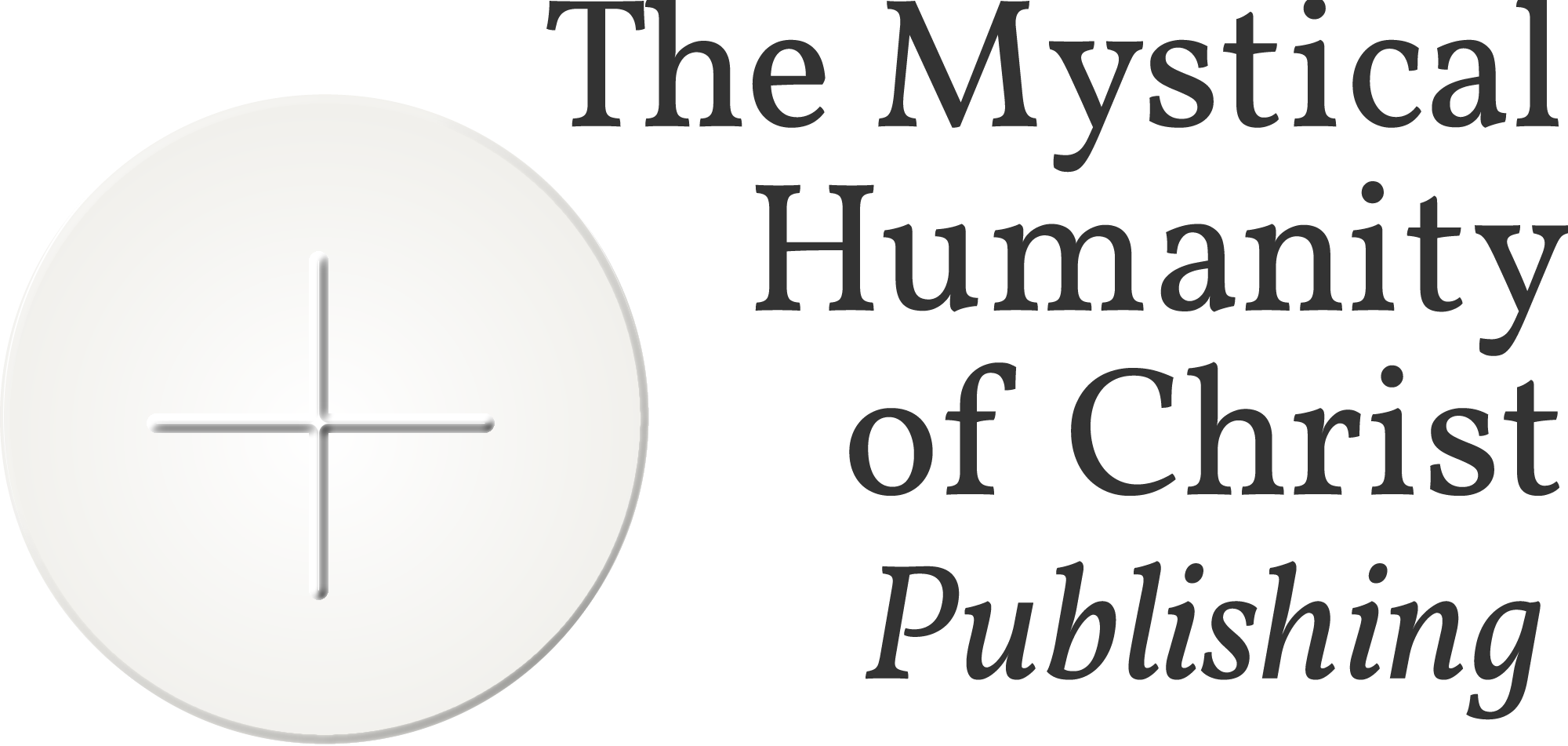
John Kubasak
The Extraordinary Faith of the Ordinary Child Visionaries of Fatima
The Fatima apparitions are famous for the Miracle of the Sun, the prayer we say at the end of every decade of the rosary (“O my Jesus, forgive us our sins…”), and the contentious topic of the secrets. What can get easily overlooked is that Our Blessed Mother appeared to three children. Not priests or consecrated religious; not civil or religious authorities; not even adults. St. Paul’s words were fulfilled in the three Fatima children: “God chose what is foolish in the world to shame the wise; God chose what is weak in the world to shame the strong; God chose what is low and despised in the world, things that are not, to reduce to nothing things that are, so that no one might boast in the presence of God” (1 Corinthians 1:27-29).
Our Lady shares in the tremendous affection of the Sacred Heart of Jesus for the poor and the humble. The Fatima visionaries’ state in life followed the pattern of the visionaries for the preceding forty years. At Knock, Ireland (1871), local villagers saw the incredible vision. St. Bernadette Soubirous was poor and of ill health when Our Lady appeared to her at Lourdes (1858). The two visionaries at La Salette (1847) were also humble shepherd children. In 1917, three poor children—Lucia dos Santos, Francisco Marto, and Jacinta Marto—worked as shepherds.
After the apparitions, the character of their lives changed; it is not terribly surprising. Yet their inconsistent fervor for God transformed from embers to a fire. This article will not address the controversies surrounding Fatima and the secrets; it will rather focus on the visionaries themselves.
A quick note on a few dates. In 1916, the Angel of Peace appeared three times to the three children. Over the course of 1917, Our Lady appeared six times to the three children. In the last of those six apparitions, the incredible Miracle of the Sun occurred on October 13. The two younger visionaries, Francisco and Jacinta Marto, died in the Spanish influenza epidemic that began in 1918. Francisco died at the age of 9 in April 1919 and Jacinta followed soon after, dying in February 1920. Lucia lived far longer and died in 2005 at the age of 97.
The Three Children
St. Jacinta was the youngest of the three. She was Francisco’s little sister, born in 1910. When the first apparition of the Angel of Peace in 1916, Jacinta was only 6 years old. When the Blessed Mother first appeared on May 13, 1917, she was just 7 years old. Fr. Andrew Apostoli noted that we can get a glimpse of Jacinta’s character in the famous picture of the three visionaries: “showing Jacinta with her arm on her hip and a very determined look in her eyes, to know that she had a strong will and a mind of her own” (Fatima for Today, pg. 18). Sr. Lucia described her as oversensitive and not always a fun playmate. At the same time, she had a natural “sweet and gentle character” (Memoirs, pg. 37). Jacinta loved to dance and sing; she loved to be in nature. She had the grace of having a truly childlike, tender love of God.
St. Franciso was one of Jacinta’s four older brothers. He had a gentle, simple heart that strayed into passivity and indifference. Lucia said that Francisco readily obeyed her, despite her having no actual authority over him (Fatima for Today, pg. 17). He loved animals, and especially birds. Like his sister Jacinta, Francisco loved nature. He also enjoyed playing the flute for his little sister so that she could dance.
Lucia was the youngest of seven children and the oldest of the three visionaries. She often watched other neighborhood children, and at the age of 7, was sent to shepherd her family’s sheep. Other children loved her and loved to play with her. She was a sensitive girl, however, and once the apparitions started and the external pressure on her increased, she hid for almost an entire day to avoid attention.
After the Apparitions: Redemptive Suffering for Francisco and Jacinta
Jacinta’s love for life and play was channeled into a fervent love of Jesus and Mary. “I so like to tell Jesus that I love Him! Many times, when I say it to Him, I seem to have a fire in my heart, but it doesn’t burn me” (Memoirs, pg. 56). The pleas to make sacrifices from the Angel of Peace, Our Lady, and the vision of hell (during the apparition on July 13, 1917) impacted Jacinta deeply. She sought every opportunity to make sacrifices for the conversion of sinners. This included giving their lunches to poor children, choosing bitter foods to eat, and fasting. Lucia described her little cousin as “the one who received from Our Lady a greater abundance of grace, and a better knowledge of God and of virtue” (Memoirs, pg. 49). Jacinta even vowed to stop dancing as a sacrifice. The three children would sometimes stop playing as a sacrifice. After the apparitions, when people flocked to the three children asking for prayers, Jacinta always directed them to prayer and sacrifice.
Francisco also devoted himself to redemptive suffering. When in prison, the three children were led to conclude that their parents had abandoned them. The civil authorities were trying to get the secrets out of the children. When this troubled Jacinta, Francisco consoled and redirected his sister’s thoughts. “Don’t cry, we can offer this to Jesus for sinners” (Memoirs, pg. 52). The two joined in prayer to Jesus, offering their sufferings. At the end of her life, when Jacinta was seriously ill and being sent to the hospital in Lisbon, Lucia recorded what ended up being her cousin’s last words to her: “love Jesus and the Immaculate Heart of Mary very much, and make many sacrifices for sinners” (Memoirs, pg. 63).
I wonder how adults would react to being intimidated, thrown into prison, and placed under great pressure. How many of us would respond in such a way as Francisco and Jacinta?
In essence, the witness of these two children showed a key principle of redemptive suffering: no sacrifice is too small. Even good things can become a great sacrifice! Imagine a joyful, 7-year-old little girl who loved to dance, giving it up? All things can be a gift to God.
Redemptive Suffering for Lucia
Francisco and Jacinta had the blessing of supportive parents. By the time the three children were forced to appear before the civil magistrate in August 1917, Lucia had already faced frequent cross-examinations from her mother. Lucia’s mother was convinced that her daughter was lying and needed to be punished for it. Yet when Lucia wrote about these episodes in her memoirs, she lauded her mother for her commitment to telling the truth and never lying. The idea of lying and sinning on purpose was so repugnant to Lucia’s mother that her behavior toward Lucia was far from supportive. “But I must be patient, I reminded myself in my inmost heart, since this means I have the happiness of suffering more for love of You, O my God, and for the conversion of sinners. This reflection never failed to bring me consolation” (Memoirs, pg. 90). That is nothing short of the response of a saint in the face of great emotional suffering.
On earth, the suffering continued for Lucia. She was interrogated about the apparitions for the rest of her life. She endured the deaths of her closest companions, Francisco and Jacinta, as well as her father. Yes, she fasted; yes, she mortified her flesh. She gives us a great lesson, however, that our own emotional suffering can be one of the greatest offerings we can give to Jesus. And God is waiting for us there; He does not leave us to suffer alone.
Sts. Francisco and Jacinta, Ven. Lucia, pray for us!




Comments